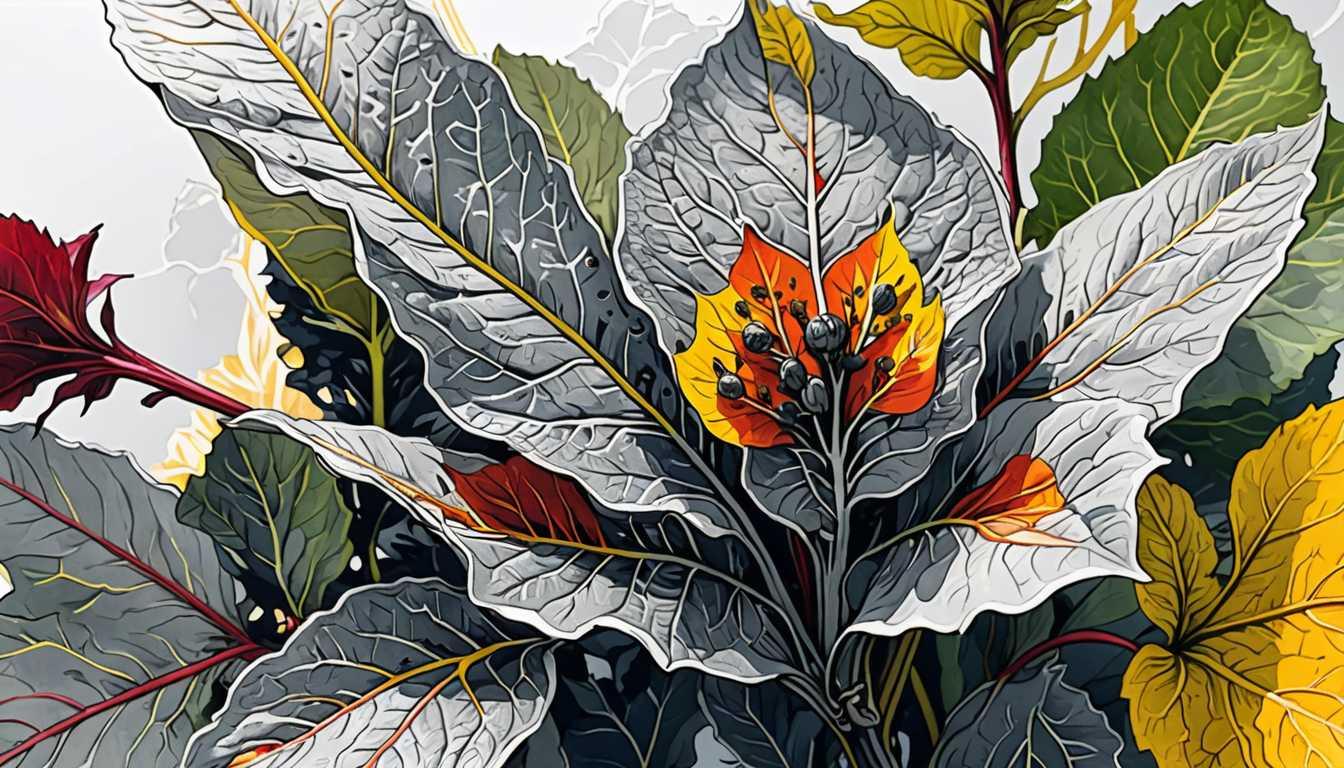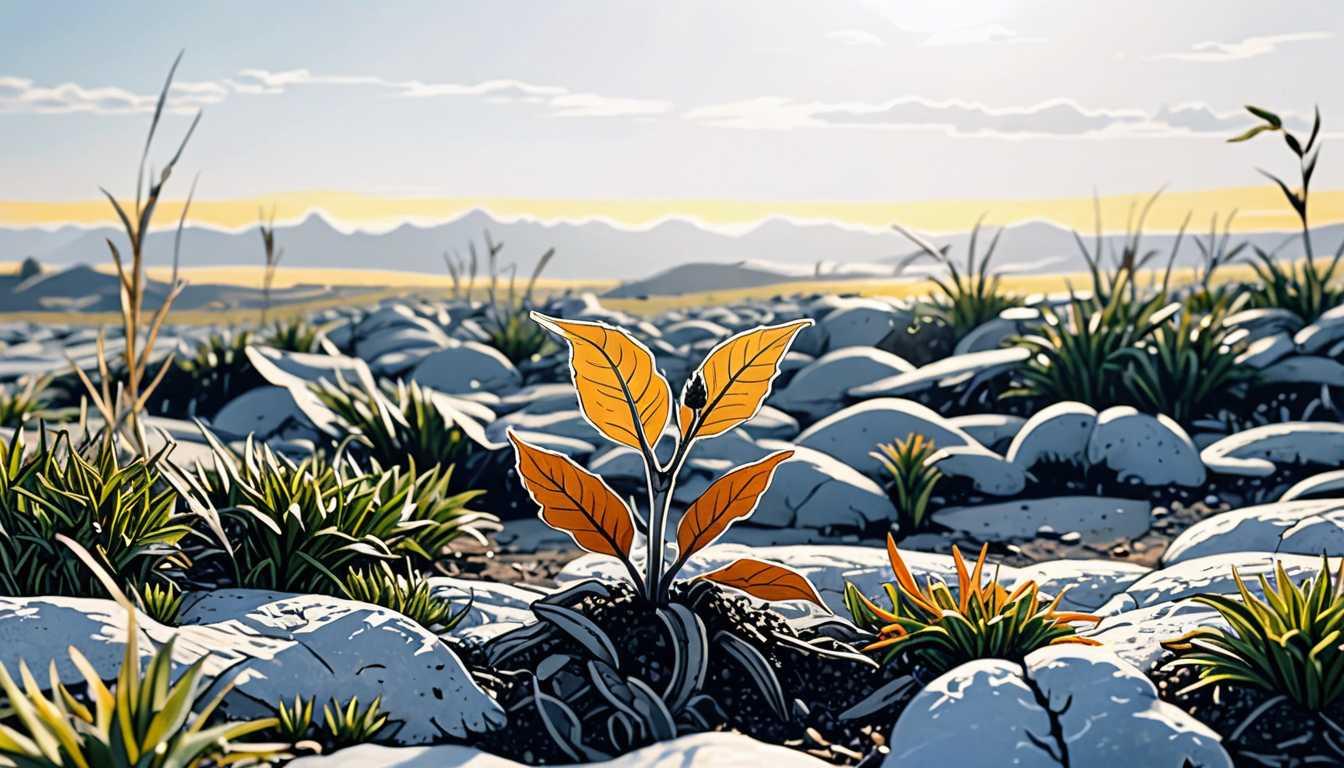Egg-Sniffing: A Poultry Revolution
May 2023
UC Davis
Introduction
Imagine being able to tell if a chicken egg will hatch into a boy or girl, just by its smell! Researchers at UC Davis and Sensit Ventures Inc. have discovered a way to sniff out the sex of chicken eggs using volatile chemicals emitted through the shell. This breakthrough could save billions of male chicks from being culled and revolutionize the poultry industry. Dive into the science of egg-sniffing in this fascinating article from UC Davis.
READ FULL ARTICLEWhy It Matters
Discover how this topic shapes your world and future
Cracking the Code of Chicken Eggs
Ever wondered how science can impact the future of our food and environment? Dive into the fascinating world of sexing chicken eggs by scent! This innovative approach, developed by researchers, could revolutionize the poultry industry by identifying the sex of chicken embryos through the unique chemical signatures they emit. Why does this matter? Well, it has the potential to save billions of male chicks from being culled each year, offering a more humane and sustainable solution. This breakthrough not only highlights the intersection of technology and agriculture but also underscores the importance of ethical practices in food production. As someone who might enjoy the occasional egg or cares about animal welfare and environmental sustainability, this topic could offer intriguing insights into how science is used to solve real-world problems.
Speak like a Scholar
Volatile organic compounds (VOCs)
These are chemicals that easily become vapors or gases. From the scent of a flower to the smell of an egg, VOCs are everywhere.
Gas chromatography/mass spectrometry (GC/MS)
A lab technique used to identify different substances within a test sample. Imagine it as a super-detective tool for scientists to sniff out the tiniest clues.
DNA analysis
A process where scientists look at the genetic blueprint of organisms. It's like examining the unique barcode of life that every living thing has.
Sustainable practices
Methods of using resources in a way that doesn't deplete them. It's like making sure there's enough cake for everyone at the party, now and later.
Ethical considerations
These are the moral principles that guide our actions, making sure we're doing what's right, especially when it comes to treating animals and the environment.
Incubation
The process of keeping eggs warm so that embryos can develop and hatch. Think of it as nature's way of turning the oven on for baby chicks to grow.
Independent Research Ideas
Exploring alternatives to culling in poultry production
Investigate humane and sustainable methods being developed to avoid the culling of male chicks in the poultry industry. What are the ethical, economic, and environmental impacts?
The role of VOCs in animal behavior
Delve into how animals use volatile organic compounds to communicate, mate, or mark territory. How does understanding VOCs expand our knowledge of animal behavior and ecology?
Advancements in GC/MS technology
Explore how gas chromatography/mass spectrometry has evolved and its impact on various fields, from forensic science to environmental studies. What future applications could emerge from this technology?
Sustainable food systems
Research how innovative technologies and ethical considerations are shaping more sustainable food production practices. How can science and technology contribute to a more sustainable and ethical food system?
The science of smell in egg incubation
Examine how the scent of an egg can indicate its health, development stage, or sex. What implications does this have for agriculture, conservation, and understanding chemical communication in birds?




